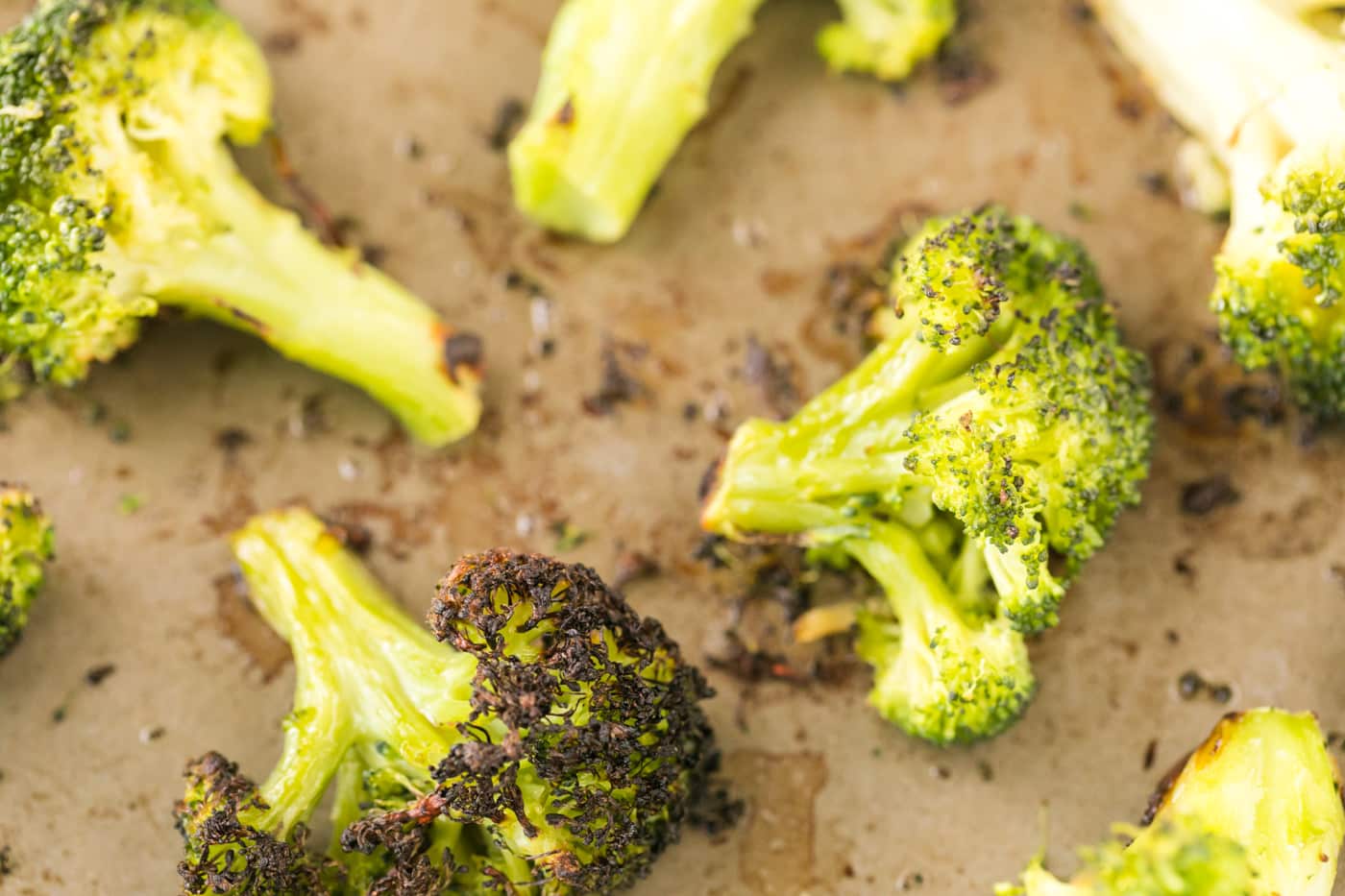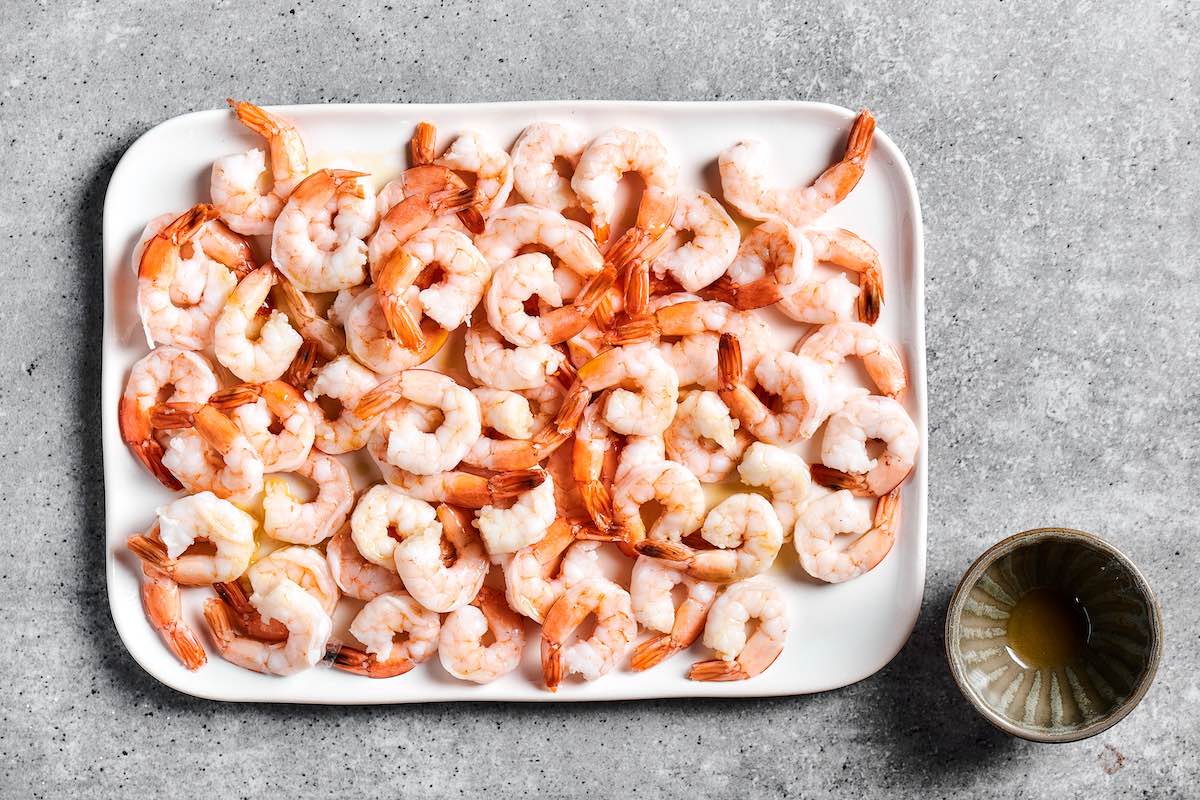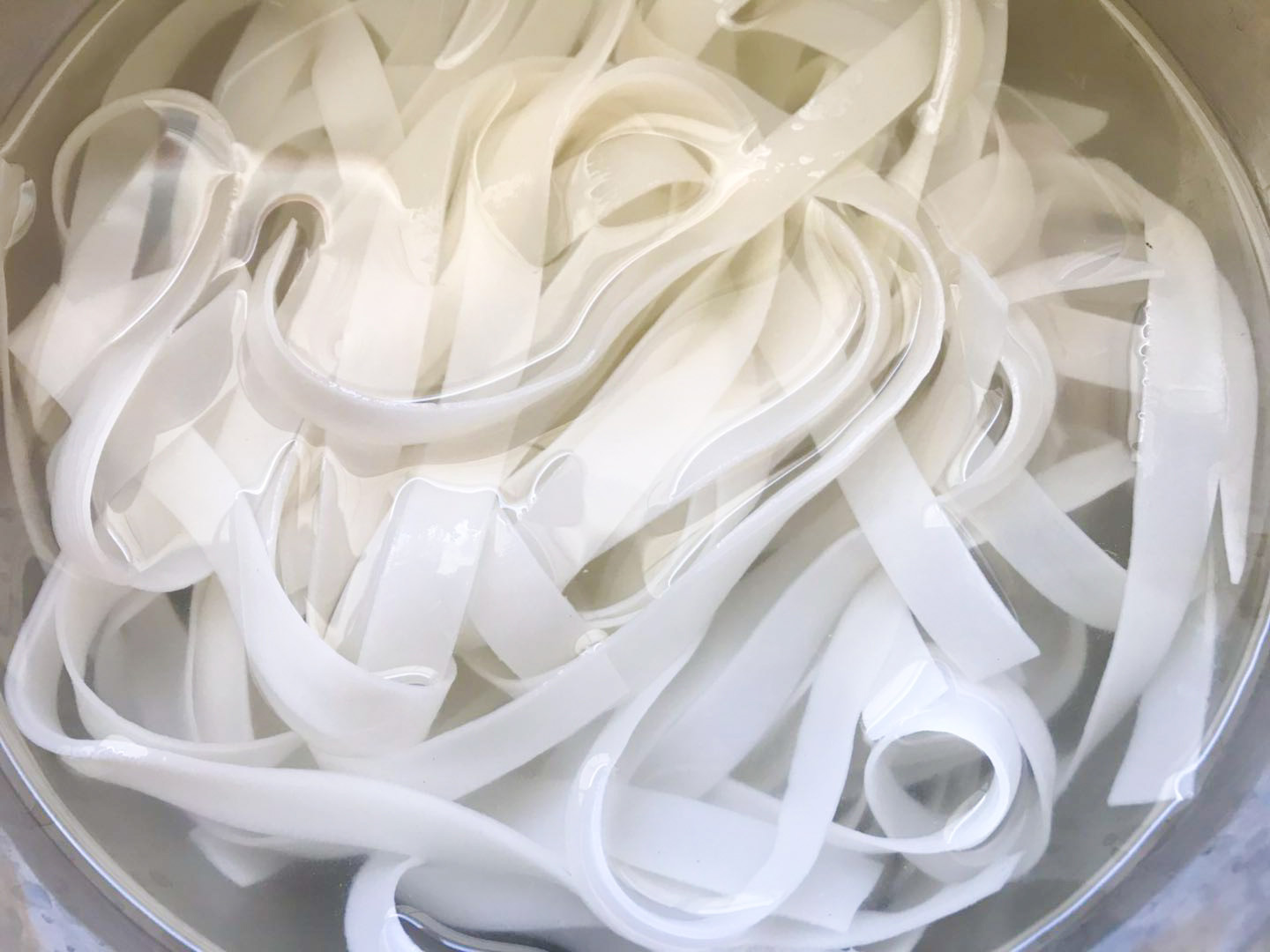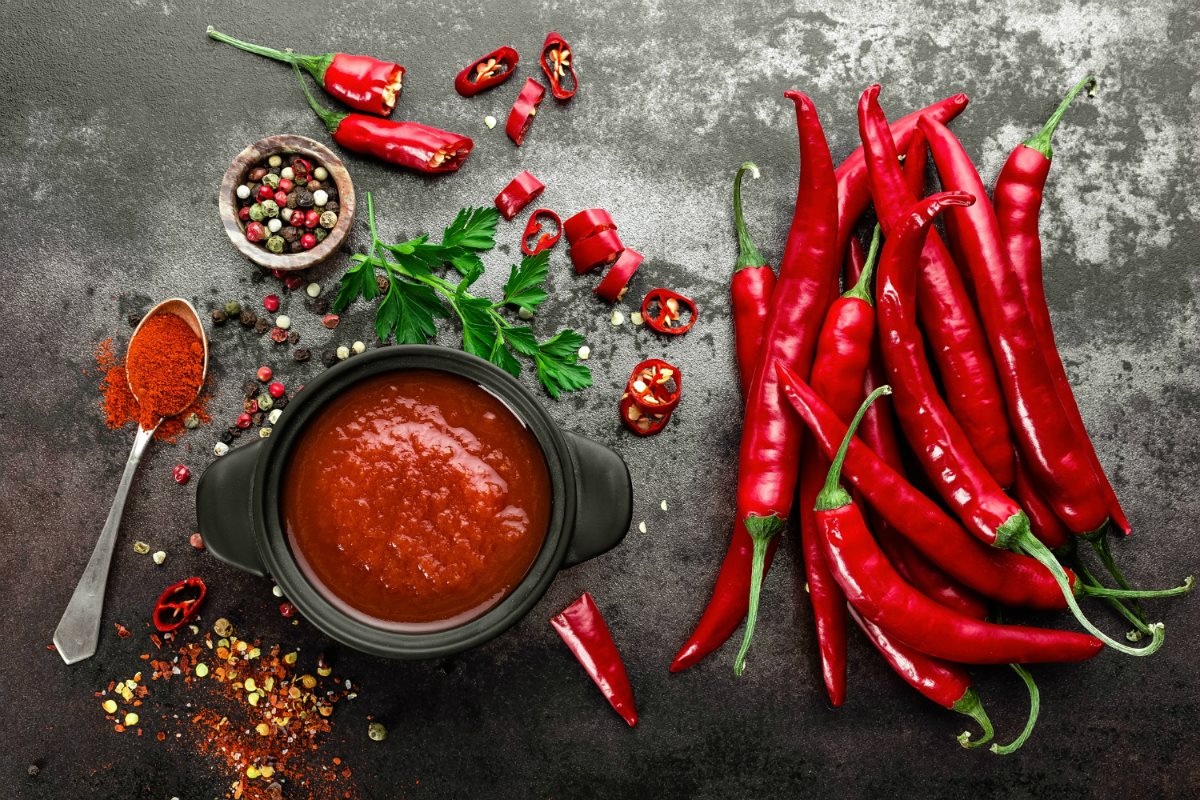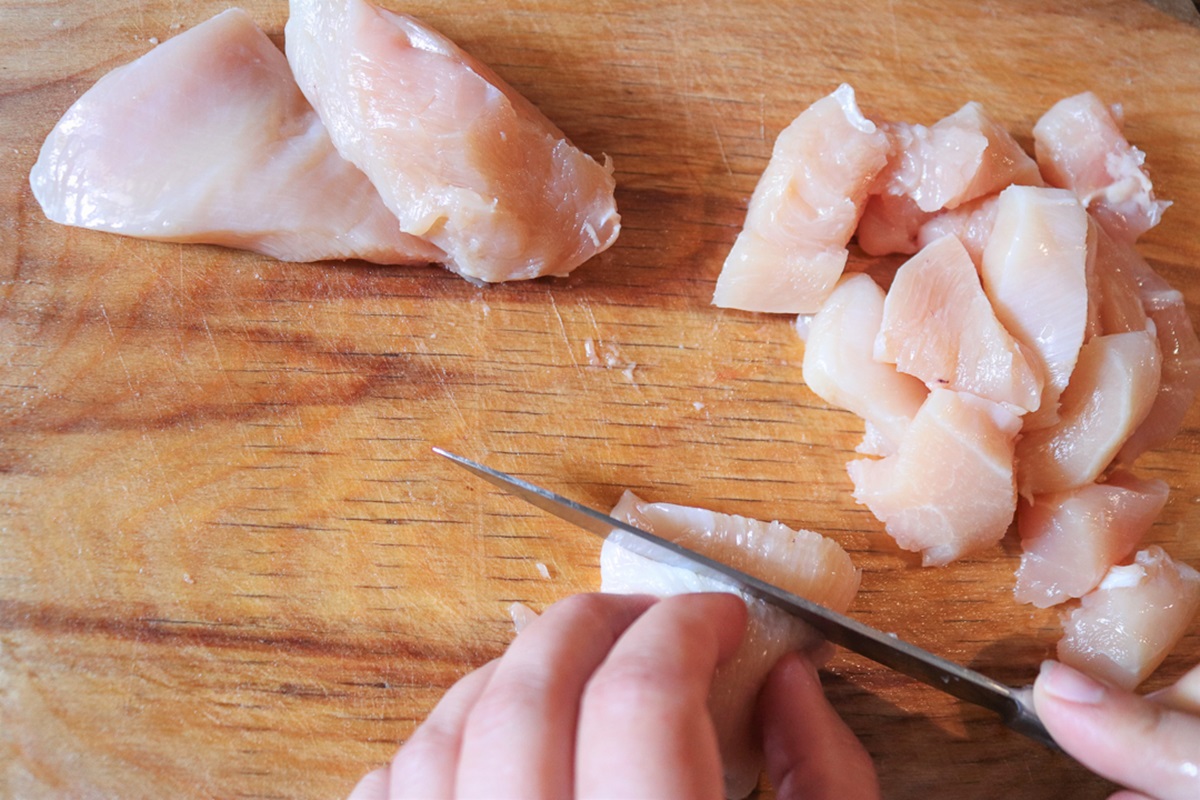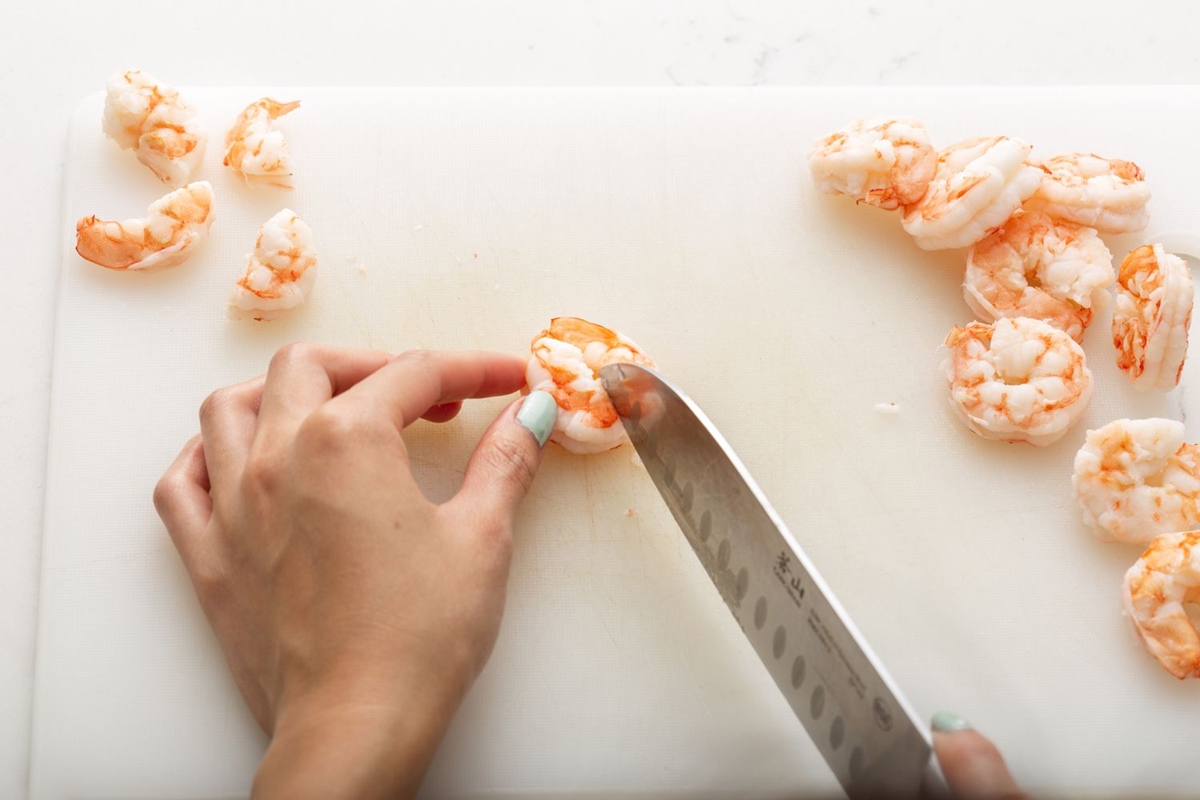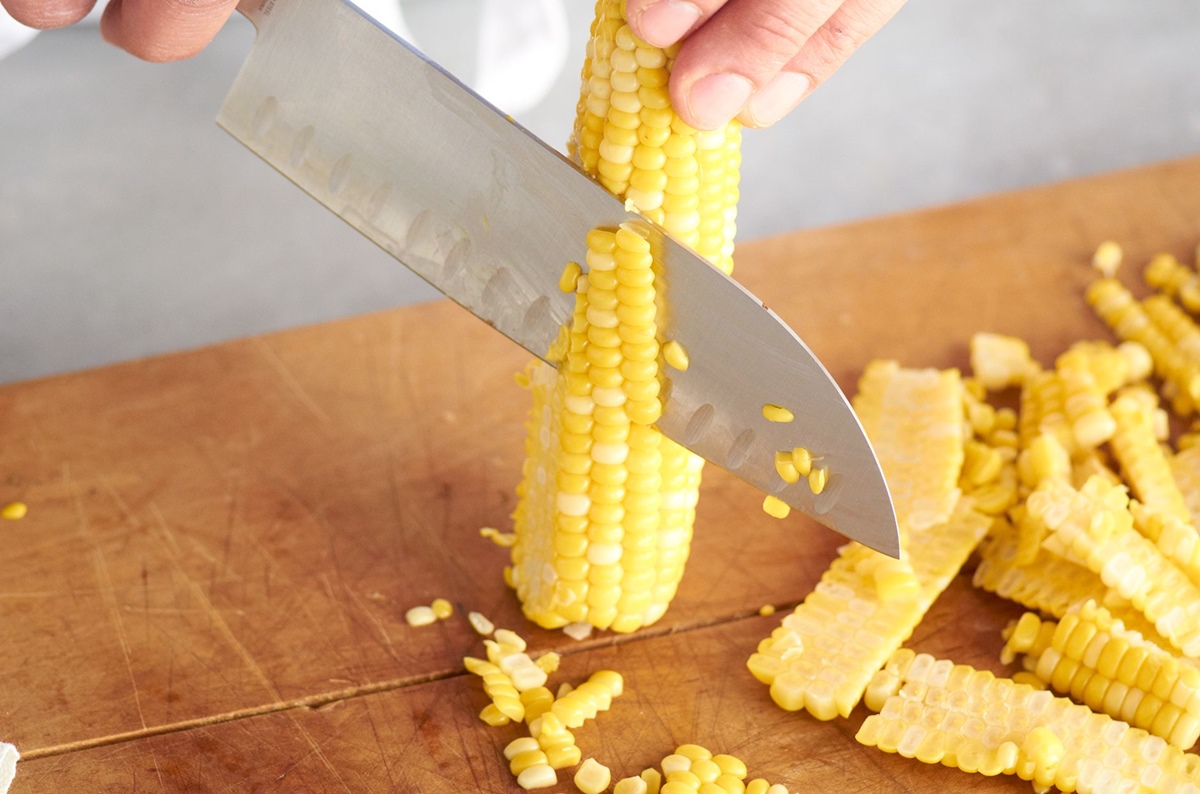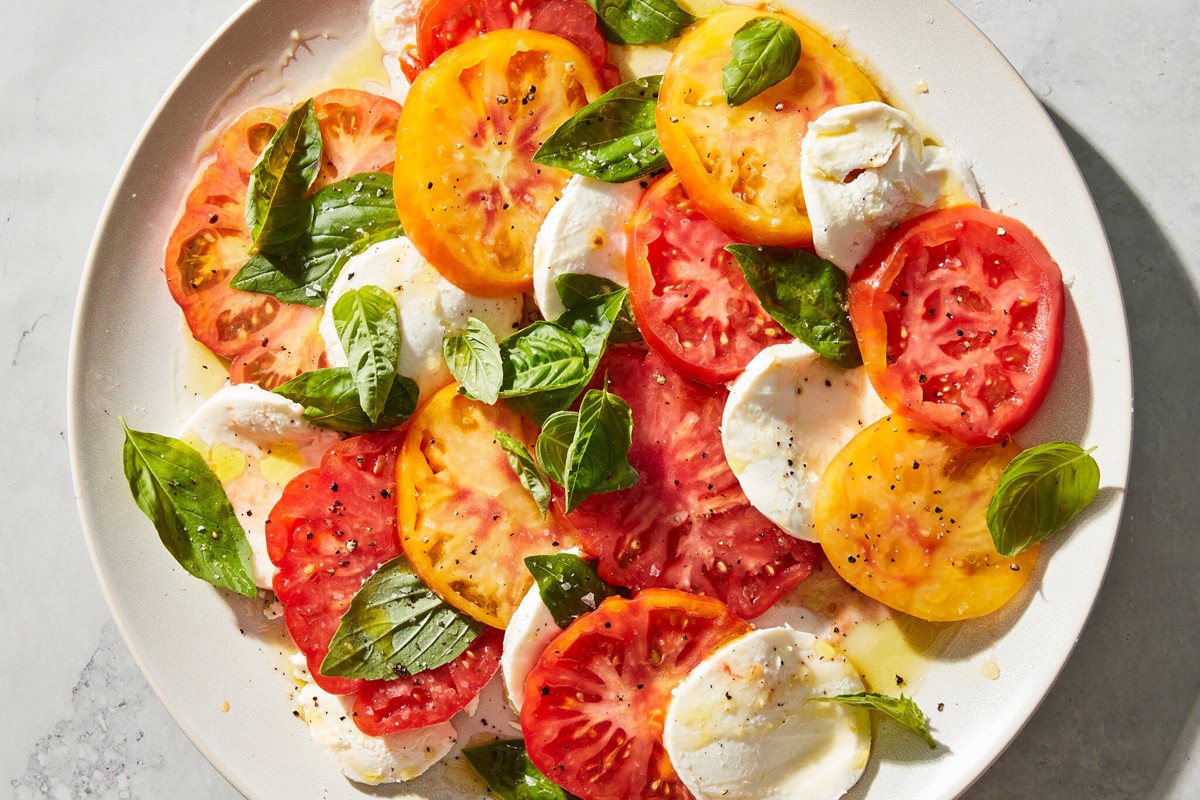Cutting grease on your stove can seem like a daunting chore, yet with the right approach, it transforms into a manageable task. Grease buildup, a common kitchen nemesis, requires a combination of effective techniques and household ingredients to tackle. Whether you're dealing with a lightly soiled surface or a stove coated in stubborn, cooked-on grease, understanding how to cut through the grime efficiently can save you time and effort. This guide will walk you through simple, yet powerful methods to restore your stove's shine, using items you likely already have in your kitchen.
Essential Ingredients for Cutting Grease
- Baking soda
- White vinegar
- Dish soap
- Lemon juice
- Hot water
- Microfiber cloths
- Scrubbing sponge
- Spray bottle
Must-Have Tools for a Grease-Free Stove
- Dish soap: Specifically designed to cut through grease.
- Baking soda: A natural abrasive that helps scrub away stubborn grime.
- Vinegar: Excellent for breaking down grease molecules.
- Spray bottle: For applying vinegar solution evenly.
- Scrub brush: Stiff bristles work well on tough spots.
- Sponge: Soft side for general cleaning, abrasive side for tougher areas.
- Microfiber cloths: Great for wiping surfaces without leaving streaks.
- Rubber gloves: Protects hands from harsh chemicals and grease.
- Plastic scraper: Useful for gently removing hardened grease without scratching surfaces.
For cutting grease on stovetops, mix equal parts vinegar and water in a spray bottle. Spritz on the greasy area, let sit for five minutes, then wipe clean with a cloth.
The Importance of Removing Grease
Cutting grease on stovetops is essential for maintaining a clean, hygienic kitchen. Over time, accumulated grease can become a breeding ground for bacteria, leading to unpleasant odors and potentially hazardous cooking conditions. Regularly removing this buildup ensures a safer cooking environment and prolongs the lifespan of kitchen appliances.
Effective grease removal also enhances cooking efficiency. A clean stovetop ensures even heat distribution, preventing hotspots that can cause uneven cooking or burning. This practice not only contributes to better-tasting meals but also reduces the risk of kitchen fires, making it a crucial aspect of kitchen maintenance.
Your Ultimate Guide to Degreasing Your Stove
-
Gather Supplies: Start by collecting baking soda, white vinegar, dish soap, a spray bottle, scrubbing pads, and microfiber cloths. These items are effective in cutting through grease.
-
Make a Cleaning Solution: Fill the spray bottle with a mixture of equal parts white vinegar and water. Add a few drops of dish soap for extra grease-fighting power.
-
Spray and Soak: Generously apply the cleaning solution to the greasy areas of your stove. Let it soak for at least 5 minutes. This step helps to loosen the grease.
-
Sprinkle Baking Soda: After soaking, sprinkle baking soda over the same areas. Baking soda is a mild abrasive that aids in scrubbing away grease without damaging surfaces.
-
Scrub Gently: Using a scrubbing pad, gently scrub the stove top. Focus on areas with stubborn grease. For delicate surfaces, use a softer scrubber or microfiber cloth to avoid scratches.
-
Wipe Clean: After scrubbing, wipe the stove top with a damp microfiber cloth. This step removes the grease, baking soda, and cleaning solution.
-
Rinse Thoroughly: Rinse the cloth with clean water and wipe the stove top again to ensure all cleaning residue is removed.
-
Dry and Polish: Finally, dry the stove top with a fresh microfiber cloth. For a polished finish, you can apply a small amount of olive oil or baby oil to a cloth and buff the surface gently.
-
Clean Burners and Grates: Remove the burners and grates. Soak them in hot, soapy water for at least 30 minutes. Scrub with a scrubbing pad, rinse with clean water, and dry before replacing them on the stove.
-
Regular Maintenance: To prevent grease buildup, wipe the stove top after each use with a vinegar and water solution. This routine maintenance keeps your stove looking clean and reduces the need for heavy cleaning.
Mastering the Art of a Grease-Free Stove
Cutting grease on your stove doesn't have to feel like an uphill battle. With a few simple steps, you can keep your cooking area looking spotless and functioning at its best. Start with regular cleaning using dish soap and water for daily maintenance. For tougher jobs, vinegar or baking soda can work wonders, breaking down grease without the need for harsh chemicals. Don't forget, prevention is key. Using splatter guards and cleaning spills immediately can save you a lot of hassle down the line. Remember, a clean stove isn't just about appearances; it's about safety and efficiency in your kitchen. So, roll up those sleeves and tackle that grease with confidence. Your stove, and your future self, will thank you.
All Your Questions Answered
How do I cut grease on my stove effectively?
Well, tackling grease can seem like a daunting task, but fear not! Start by mixing equal parts of white vinegar and water in a spray bottle. This concoction works wonders. Simply spray it on the greasy surface, let it sit for a minute or two, and then wipe away with a microfiber cloth. Vinegar's acidity is your best friend here, cutting through grease like a hot knife through butter.
What's a good homemade grease cleaner?
For a potent homemade solution, mix baking soda with hydrogen peroxide until you've got a paste. Apply this magic mixture to the greasy areas and give it some time to do its thing, about 10 minutes should do. Scrub gently with a soft brush or sponge, and you'll see that grease bidding farewell. This combo is especially great for stubborn spots.
Can dish soap help cut grease on a stove?
Absolutely! Dish soap is designed to fight grease on your plates, so it's a champ on stoves too. Dab a bit on a damp sponge or cloth, work it into the greasy surface, and watch as the grease starts to lift off. Rinse with a clean, damp cloth for a sparkling finish. Sometimes, the simplest solutions are right under our noses.
Is there a way to prevent grease buildup on my stove?
Prevention is key. After cooking, once the stove is cool, give it a quick wipe with a vinegar and water solution. This regular maintenance can keep heavy grease buildup at bay, making deep cleaning sessions less frequent. Also, using splatter guards while frying can save you a lot of hassle.
What should I avoid when trying to cut grease?
Steer clear of abrasive scrubbers or harsh chemicals that can damage your stove's finish. Also, avoid letting grease sit for too long; it gets harder to clean over time. Gentle, consistent care is better than aggressive tactics that can harm more than help.
Can lemon juice be used to cut grease?
Yes, lemon juice is another natural grease fighter, thanks to its citric acid. Mix it with a little water and apply to the greasy area, or for extra power, sprinkle some salt on the lemon juice before scrubbing lightly. Not only does it cut grease, but it leaves your kitchen smelling fresh too.
What's the best way to clean grease splatters on the wall next to the stove?
For those pesky splatters, a mixture of baking soda and water can be quite effective. Apply the paste, let it sit for a few minutes, then wipe clean with a damp cloth. For painted walls, be gentle to avoid damaging the paint. Regular cleaning prevents these splatters from becoming permanent fixtures in your kitchen.
